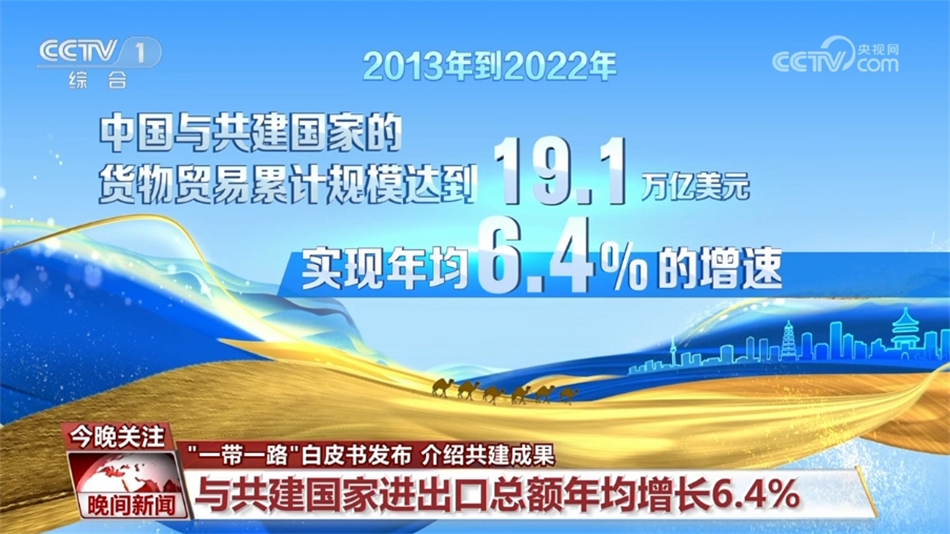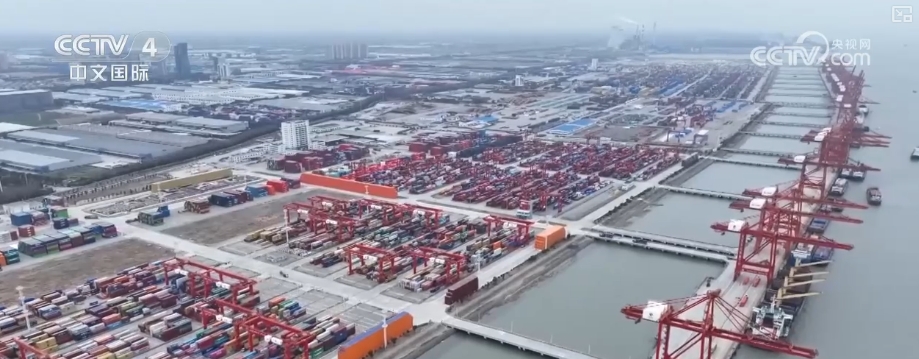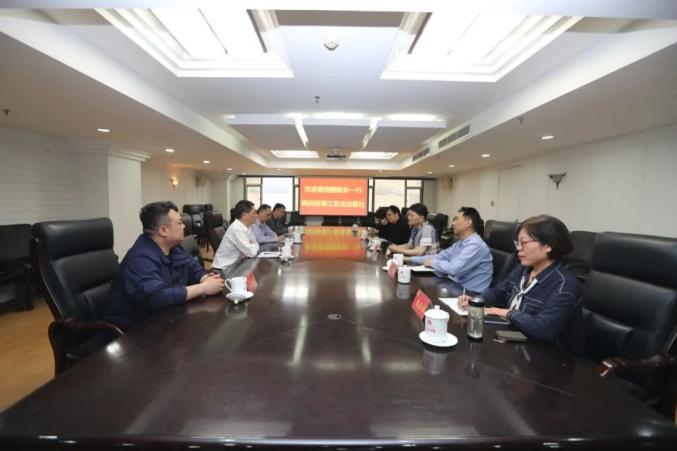Pakistan Itself Did Not Expect That By Following China, It Would End Up Becoming The Overlord.
Pakistan Itself Did Not Expect That By Following China, It Would End Up Becoming The Overlord.
Speaking of Pakistan, we have to start talking about it more than ten years ago. At that time, Pakistan's economy was not very prosperous, with electricity shortages, dilapidated roads, and industry that could not keep up. In 2013, China proposed the China-Pakistan Economic Corridor project

Speaking of Pakistan, we have to start talking about it more than ten years ago. At that time, Pakistan's economy was not very prosperous, with electricity shortages, dilapidated roads, and industry that could not keep up. In 2013, China proposed the China-Pakistan Economic Corridor project as a flagship project of the Belt and Road Initiative, and the two sides began to cooperate in building infrastructure. Initially, it was about basic things like building roads and power stations. China invested tens of billions of dollars to help Pakistan open a transportation line from the Port of Karachi in the south to Islamabad in the north. After the highway was built, logistics costs dropped a lot and time was shortened. The bumpy road was now much smoother. In terms of energy, the Port Qasim coal-fired power station was put into operation, providing stable power and easing power outage problems in large cities. A solar photovoltaic park has also been built in Punjab Province, increasing the supply of clean energy. These projects directly boost Pakistan's industrial production and avoid losses caused by power outages.
The construction of the corridor will be carried out in phases, with the first phase focusing on energy and transportation. By 2025, it will have entered the upgraded version 2.0 and will turn to teaching Pakistan to make its own blood. This means not only building things, but also transferring the industrial chain there. Special economic zones and industrial parks have been established in places like Gwadar and Faisalabad. Chinese companies provide technology, management and equipment, while Pakistan provides land and manpower. Industries such as textiles, home appliances, and agricultural product processing have been partially relocated, and Pakistan's exports have shifted from low value-added cotton ore to ready-made clothing, mobile phones, and motorcycles. There are more jobs. According to data, the corridor project will create more than 300,000 direct jobs for Pakistan by mid-2025. Factories are open, workers have work to do, and family incomes are somewhat stable.

Gwadar Port is a key node in the corridor, with a good location and close to the Strait of Hormuz. After the official launch in 2016, China Overseas Ports Holdings Co. operated, refurbished equipment, and upgraded the power and water supply systems. There are now three multi-purpose berths, which can accommodate 50,000-ton cargo ships and handle bulk container roll-on and roll-off cargo, petroleum and liquefied gas. On October 14, 2024, Gwadar International Airport opened, and Pakistani Prime Minister Shahbaz Sharif and Chinese leaders jointly cut the ribbon. After the airport is opened, it will be more convenient to connect to regional countries. On September 15, 2025, the Sujijinari Hydropower Station celebrated its first anniversary and was put into operation, generating 884 megawatts of electricity and helping Pakistan’s energy security. -I Coal Mine Power Station will be commercially operational on February 5, 2023, using local coal to generate electricity. and coal-fired power stations created 5,000 and 3,770 jobs respectively. These energy projects account for nearly one-third of Pakistan's total power generation, with per capita electricity consumption rising from 431 kWh in 2014 to 644 kWh in 2022.

Economically, the World Bank predicts Pakistan's growth rate in 2025 will be 2.6%, driven by private consumption investment and increased remittances and private credit. The fiscal deficit is controlled at 6.7% of GDP, and inflation is reduced to 6%. Driven by the corridor, private consumption and investment support growth. GDP growth in the second quarter of fiscal year 2024-25 was 1.73%, with agriculture and services growing by 1.1% and 2.57% respectively. From fiscal year 2013 to 2018, GDP growth increased from 4.05% to 6.10%, which is related to corridor energy transportation investment. Cumulative direct investment is US$25.4 billion, creating 236,000 jobs by the end of 2022. From July to April in fiscal year 2025, real GDP grew by 2.68%, inflation fell, and the current account surplus was US$1.81 billion.
Military cooperation has also followed suit. The main force of the Pakistan Air Force is the Xiaolong fighter jet jointly developed by China and Pakistan, which will be iterated to the latest version by 2025. The Navy will receive the second batch of conventional submarines in May 2025 to improve its underwater capabilities. China provides J-35 fighter jets and HQ-19 missile systems. Pakistan holds nuclear weapons and no one dares to touch them easily. These equipment give Pakistan a local advantage over India in the South Asian subcontinent. Air Force and Navy joint exercises to test equipment performance.

On the diplomatic stage, Pakistan’s role has changed. It used to follow the United States, but now it connects to the Islamic world through corridors. On September 17, 2025, Pakistan and Saudi Arabia signed a $21 billion defense agreement, with terms including a nuclear umbrella. The agreement stipulates that if a third party attacks one party, it will be deemed as attacking both parties, and the joint response will be to use military means. Deepen training and intelligence sharing. Pakistan's defense minister said nuclear capabilities were available but denied explicit cooperation. India's Ministry of External Affairs responds to surveillance impact. The deal transformed Pakistan from an arms buyer to a security provider in the Middle East. Saudi Arabia turned to Pakistan to fill the void left by the weakening of U.S. influence in the Middle East.
On the Afghan issue, Pakistan participates in mediation. On August 20, 2025, the China-Afghanistan-Pakistan Foreign Ministers’ Dialogue was held in Kabul to promote the fight against terrorism. On May 23, under the mediation of China, Pakistan and Afghanistan resumed dialogue to discuss trade channels. On the Palestinian issue, Pakistan submitted a joint statement to the United Nations calling for a two-state solution to end the conflict. In September 2025, Shahbaz Sharif spoke at the United Nations General Assembly, emphasizing the role of multilateralism and corridors.

Shahbaz Sharif promoted these collaborations. From August 30 to September 4, 2025, he visited China to attend the 25th meeting of the Council of Heads of Member States of the Shanghai Cooperation Organization. At the Tianjin summit, corridor upgrades were discussed. Before the visit to China, Pakistan's foreign exchange reserves were tight, but it paid US$350 million in advance to Chinese companies to pay off energy debts. All political parties regard friendship with China and promoting the corridor as national policies, regardless of changes in the political situation. On February 6, 2025, China and Pakistan issued a joint statement, agreeing to convene a joint committee as soon as possible to promote Corridor 2.0. On September 4, the two sides signed an action plan to build a closer China-Pakistan community with a shared future in the new era (2025-2029), strengthen the connection between the Belt and Road Initiative and Pakistan's 5Es development framework, and coordinate landmark projects and livelihood projects.
The corridor is not only economic, but also includes scientific and technological cooperation. On July 23, 2025, the fourth meeting of the Science and Technology Joint Working Group was held via video to discuss joint projects. On February 6, Pakistani President Zardari visited China and thanked China for holding an upgraded version of the training class and providing development experience. Within the framework of the corridor, 17 energy projects were completed with a total installed capacity of 8,904 MW, two coal mines and the first ±660 kV high-voltage direct current transmission line. The Orange Line rail transit in Lahore operates with 27 kilometers and 26 stations, making it convenient for people to travel. The second phase of the Karakoram Highway and the Sukkur-Multan section of the Karachi-Lahore Expressway were completed.





